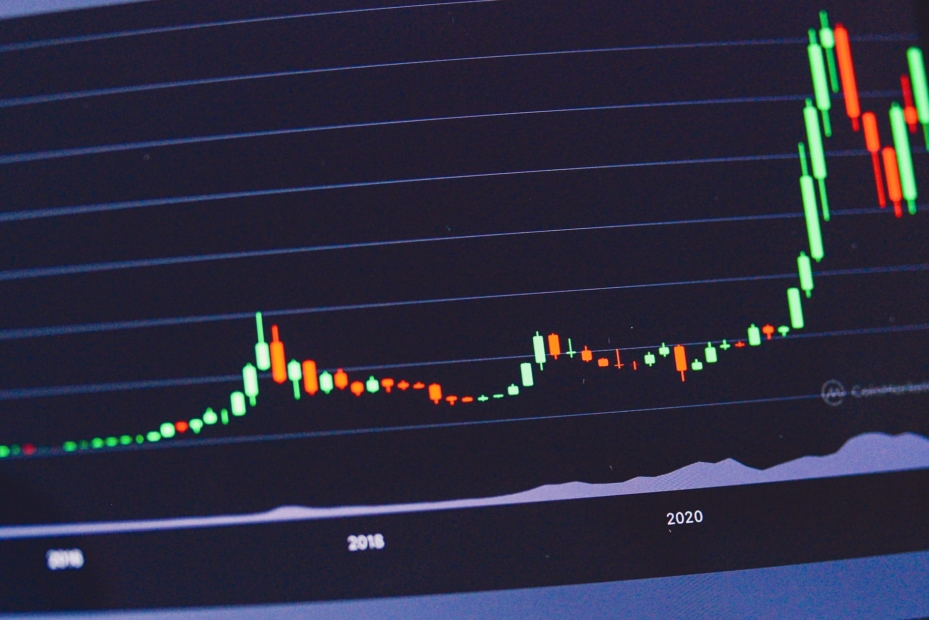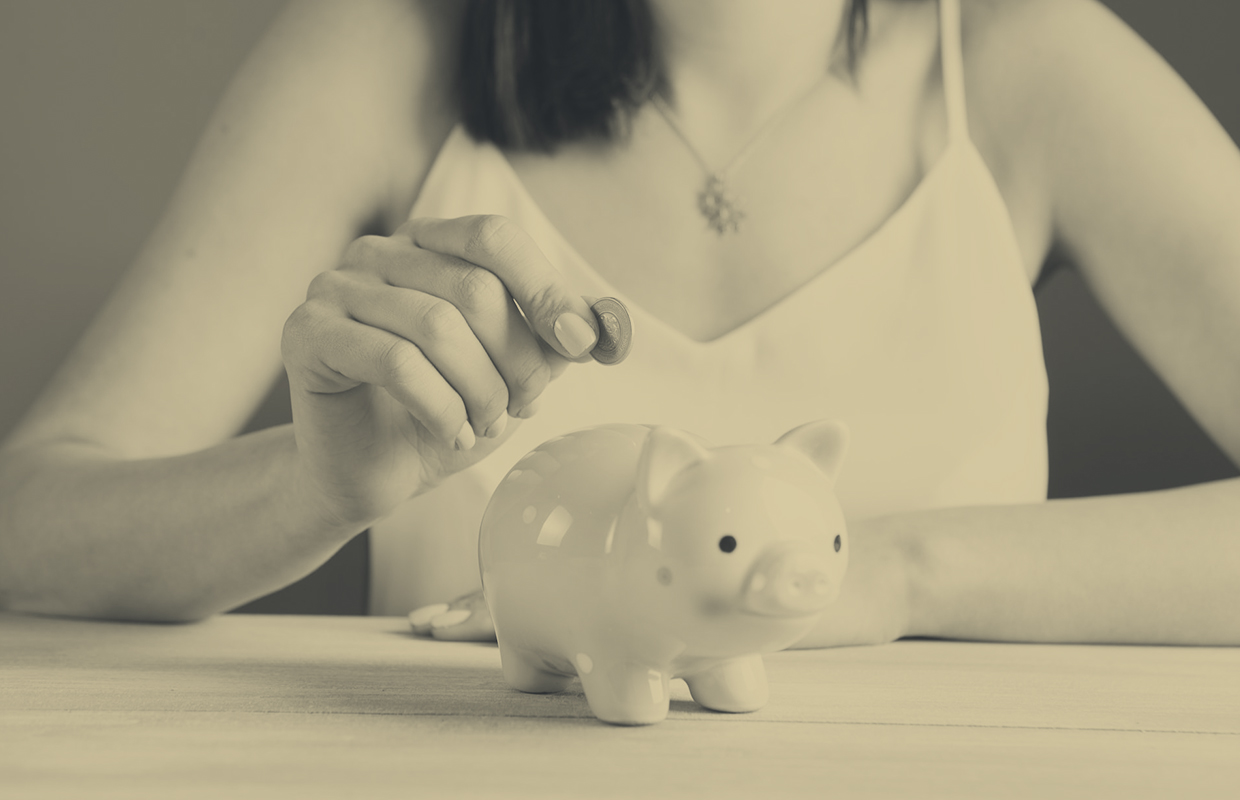Depending on the individual investment strategy, it may be advisable to focus not only on pure price gains but also on stable and sometimes very attractive dividends. These offer regular payouts and other advantages. But what do investors need to consider when investing in shares and how can lucrative dividends be recognized?
These and other questions are addressed in this guide on the subject of dividends.
Contents
The most important facts in 30 seconds
- Dividends are regular distributions to shareholders of companies.
- They are a distribution of corporate profits for a shareholding in a listed company.
- A distinction is made between cash dividends, stock dividends and dividends in kind.
- There are also stock corporations that do not pay dividends.
- Dividends are usually paid out to shareholders annually at the end of a fiscal year.
Dividend Meaning: What is a dividend?
Stocks are a good and long-term investment with a constant return. Investors act as shareholders and provide financial support to the company. Dividends are given by successful companies as a payout to shareholders, which gives investors a share of the company’s profits. This dividend yield is an important factor in stock valuation. Compared to bonds, stocks often have a higher yield in the long term, which makes investing in stocks attractive for private investors. Small price fluctuations can be cushioned by regular dividend payments.

Different types of dividends
Basically, a distinction can be made between different types of dividends.
- Cash dividends are the most common type of dividend payment. In this type of distribution, shareholders are paid a portion of the company’s profits. It should be noted that not all companies make regular cash dividend payments. Some public companies pay semi-annual dividends, while others make an annual payment or forgo it completely. In Germany, dividends are usually paid once a year. As a rule, dividends are only paid if the company has generated net income.
- A stock dividend is a distribution in the form of additional shares. If you own such a stock, you receive more shares in relation to your original share. This type of distribution allows investors to increase their stake in a company without having to invest additional money.
- With a non-cash dividend, shareholders are rewarded with non-cash benefits such as gift cards or products. When you join this type of dividend as a shareholder, you receive these gifts directly from the company. In practice, however, this type of dividend plays a rather minor role.
Investors should learn about the different types of dividends and understand which strategy suits them best. If you want to invest in a particular company, you must accept the form of dividend offered as it is.
If the dividend is paid, then the stock is trading ex-dividend. The value decreases by the amount distributed and the price of the stock decreases accordingly.
When comparing several shares, the dividend yield is particularly meaningful. This is the ratio of the dividend per share in the period under review to the current market price of the share.
Which companies pay a dividend and which do not?
Dividends are generally paid out by stock corporations. Production companies, insurance companies and commodity companies in particular like to let their shareholders share in the annual net profit. The situation is different for growth companies, for example, which use the annual profit primarily for investments.
There are companies that do not distribute dividends to their shareholders. This can have various reasons. Some stock corporations want to use the profits they generate to increase equity, finance new growth or build up reserves.
Especially in growth industries, companies often use their profits to invest in research and development. For this reason, there are also shares that do not pay dividends.
At the end of the fiscal year, the Executive Board of a stock corporation proposes to its shareholders at the Annual General Meeting the payment of a dividend and the respective amount. As a rule, this amounts to approximately half of the profit. The shareholders decide on this proposal during the Annual General Meeting. Shareholders enjoy voting and participation rights that are generally based on the number of shares held.
A simple majority of the shareholders present is required to approve the proposal. If the proposal is rejected, shareholders will not receive a dividend. If shareholders approve the proposal to pay a dividend, they automatically receive the payment three days after the meeting. Even if the company does not report a profit, a dividend may be declared. In such a case, it is paid out at the expense of the company’s substance.
Reading tips:
- Private financial planning – how to achieve your individual goals.
- Fees when investing: Asset management, portfolio, shares, funds & Co.
- Stock market crash: Stock market down – how should you react?

Which Swiss companies offer a high dividend?
The world’s largest dividend payers have weathered the pandemic faster than many market participants expected. According to the global Janus Henderson Dividend Index, USD 302.5 billion was already paid out to shareholders in the first quarter of 2022, an increase of eleven percent compared to 2021. Further increases are indicated for the full year. In addition to the differences typical for the country, there are influences such as inflation as well as weak demand in important economic areas and other factors.
With a dividend volume of CHF 16.5 billion in the first quarter, Switzerland occupies the top spot in the European ranking. This is mainly due to the two companies Novartis and Roche.
Below are some Swiss companies with high dividends:
- Swiss Re with a dividend of 8.10%.
- BB Biotech with a dividend of 6.20
- HBM Healthcare with a dividend of 4.80
- Sulzer with a dividend of 4.80
- Novartis with a dividend of 3.80
- ABB with a dividend of 2.90
- Galenica with a dividend of 2.80
- Nestlé with a dividend of 2.40
- Roche with a dividend of 2.40
Dividends paid in the past are only an indicator and no guarantee for dividends in the future.
Advantages and disadvantages of dividends
Stocks can provide additional income to their investors through dividends, but they also come with some risks. Investors should therefore always weigh up the pros and cons of dividends before making a decision.
As a shareholder, you are a stockholder in a company. This gives you voting and participation rights, which you can exercise at the Annual General Meeting. You therefore have an active right of co-determination and can help shape the future of a company. However, the co-determination opportunities for private shareholders are generally limited due to the comparatively small number of shares.
One of the biggest advantages of dividend investments is the regular income. Many companies pay out a certain amount of dividends on a set rotation, which enables investors to build up a steady income. Another advantage of dividend payments is the increasing interest of shareholders. This gives the company more capital with which to operate. In this context, the share price can also rise and investors enjoy additional price gains. By reinvesting the dividend, investors can also benefit from compound interest over a longer period of time.
Possible disadvantages for the company can be if the distribution is higher than the net profit for the year. In this case, they have an additional financial burden and further investments are rarely possible in these cases. This can happen because companies try, if possible, not to reduce the amount of the dividend, as this is often received very negatively. For the same reason, a company will also tend to increase dividends cautiously and defensively.
For investors, on the other hand, there is the disadvantage that a company can reduce the dividend when profits are low. However, this is often only done when the company’s economic situation deteriorates. Thus, it is advisable for investors to always conduct a thorough review of the company’s financial situation before investing in its stock. Of course, this also applies to shares that do not pay dividends.

Dividends and taxes in Switzerland
Dividends can be an attractive additional income for investors. But dividends are taxed as income along with your salary. This can reduce the annual return. However, there are some exceptions to this rule.
In recent months, the dividend strategy has gained particular popularity. They can be planned and are relatively constant, which makes them very suitable for investments. From a tax perspective, a distinction can be made between three categories.
- Ordinarily taxable dividends
- privileged taxed dividends
- tax-free dividends
Ordinarily taxable dividends are the rule. Switzerland generally levies a withholding tax of 35 percent on dividends. For persons liable to tax in Switzerland, it acts as a kind of “safeguard tax”. This is deducted directly from the dividend income paid out. In this way, possible tax evasion is effectively prevented.
Shareholders from Switzerland and abroad can reclaim this withholding tax by disclosing the dividend income in their tax return. The amount is taxed via income tax. For this purpose, it is mathematically added to ordinary income and charged according to the tax progression of the respective canton of residence. As a result, the dividends are taxed at the gross income and thus at a lower tax rate.
In addition to ordinary taxable dividends, there are privileged taxed dividends. These concern shareholders with qualified holdings and are subject to partial taxation. This means that 70 percent of the dividends are taxable at federal level and only 50 to 80 percent at cantonal level, depending on the canton. However, you must meet one essential requirement for this. At the time of the dividend payment, the participation in the share or nominal capital of a corporation or cooperative must be at least ten percent. Tax-free dividends are mainly relevant for investors who build up their participation through a corporation and claim the participation deduction.
Investors from Switzerland who have U.S. dividend shares in their portfolio receive only 70 percent of the dividend net directly from their bank. Another 15 percent is remitted to the U.S. tax authorities, while 15 percent is withheld as backup tax by the Federal Tax Administration (FTA). There is no additional withholding tax.
The double taxation agreement (DTA) between Switzerland and the USA allows you to credit the US withholding tax against taxes in Switzerland. This also applies to legal entities domiciled in Switzerland. Tax-exempt institutions, such as charitable foundations, can be exempt from US withholding tax upon application.

When do you receive a dividend payment?
Usually, the dividend is transferred to the shareholder’s account once a year. Some companies also make profit distributions to their shareholders on a quarterly or semi-annual basis. This cycle usually depends on the country in which the respective company is located. The payment of a dividend is decided at the company’s Annual General Meeting.
Those who design their portfolio for continuous dividend payments can generate income every month thanks to quarterly dividends. With targeted investments, the distributions can also be stretched. Some Swiss companies are early in the yearly comparison. Nestlé, Novartis and Roche pay their annual dividends in March or April, ahead of most German companies. Worldwide, experience shows that most money flows in the second quarter of the year.
How often are dividends paid out?
In Germany, dividends are generally paid once a year. In the USA, however, monthly or quarterly payments are also possible. In addition to regular distributions, one-time special dividends are also possible. This information can usually be found in the Articles of Association of a stock corporation. The dates are also announced at the Annual General Meeting.
How high is the dividend?
The dividend of a stock corporation is a distribution to the shareholders resulting from the net profit for the year. It is often defined as a percentage of the profit. The amount of the dividend depends on many factors. These include, among others, the company’s net assets, financial position and results of operations, as well as the expectations of shareholders. Growth companies often decide to invest and skip dividends altogether. Larger and more established companies opt for a higher dividend rate to guarantee regular returns to their shareholders.
The level of the dividend can also be influenced by external factors. These include, in particular, the general state of the economy and the company’s financial conditions. It is important for investors to know that the amount of the dividend payment can fluctuate each year. However, for most companies, the dividend is based on the previous year’s level.
What is meant by ex-day?
The ex-dividend day is an important day for shareholders. It refers to the first day after the Annual General Meeting at which the amount of the dividend was determined. Anyone who still owns shares in the company at that time will be paid on the dividend payment day.
You will receive a dividend if you bought the respective share before the ex-date and hold it until that date. On the other hand, if you buy a stock after the ex-day, you will miss the dividend for that fiscal year. The ex-day should also be considered when investing in day trading. Many day traders close out their positions right before or right after the ex-day to make sure they don’t miss a dividend payment. One advantage of day trading is that you can easily predict the ex-day and plan specifically in this way.
How is the dividend paid – what do I have to do?
In order to be entitled to a dividend, you must have the shares in your own securities account on the day of the Annual General Meeting. Shares in foreign companies must be purchased before the ex-dividend date, i.e. the date on which the dividend is paid. Dividends are always paid per share and are therefore sometimes calculated on the basis of the number of shares held. After payment, the dividends are credited directly to the investor’s securities account.
How do equity funds or ETFs handle dividends?
Equity funds collect the dividends first before distributing them to the owners. This can be done through a distribution, which actually transfers money to the fund owners’ accounts. Alternatively, it can be done through reinvestment, whereby the fund reinvests the dividends it receives and the price of an individual share increases accordingly.
Sources
- [1] cash.ch
- [2] themarket.ch
- [3] verbraucherzentrale.de

